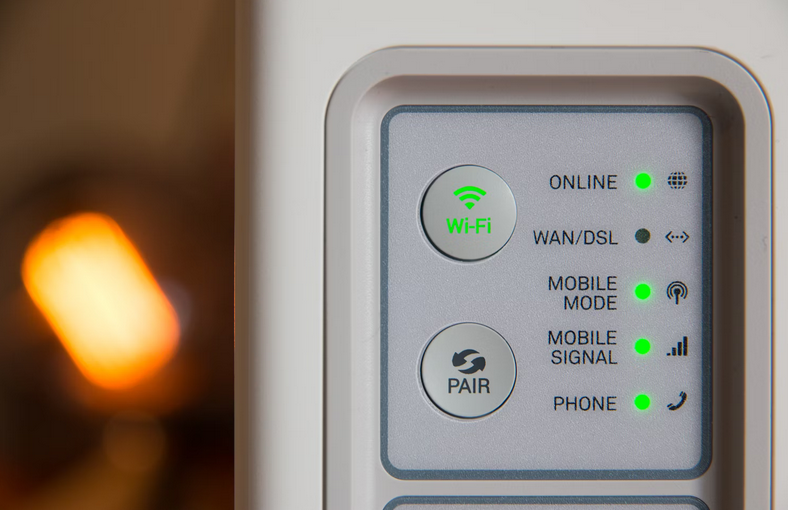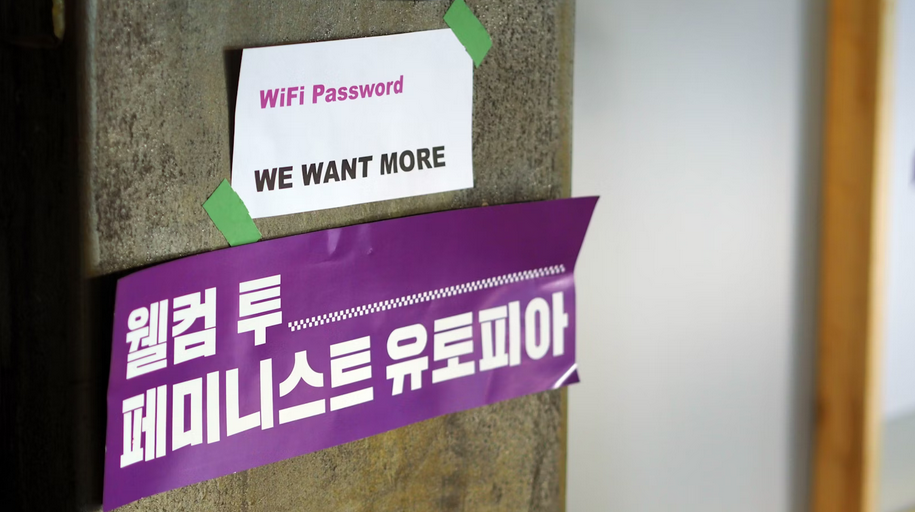Stay Safe Online: Must-Know Tips to Keep Your Wi-Fi Private From Hackers

In today’s digital world, staying connected is essential. But with convenience comes risk. Every time you log on to your Wi-Fi network, there’s a chance that someone else could be lurking in the shadows, ready to pounce on your personal information. The good news? Protecting yourself doesn’t have to be complicated or time-consuming. With a few simple steps, you can significantly enhance your online safety and keep those pesky hackers at bay. Let’s dive into five must-know tips to help secure your Wi-Fi network and give you peace of mind while surfing the web!
Use WPA3 Encryption
WPA3 encryption is the latest standard for securing Wi-Fi networks. It offers more substantial protection than its predecessors, making it harder for hackers to gain access. With WPA3, your data is encrypted with advanced protocols safeguarding sensitive information. This means that even if someone intercepts your wireless signal, they won’t easily decipher what’s transmitted. One of the standout features of WPA3 is its ability to protect against brute-force attacks. It makes guessing passwords much more difficult, limiting how many attempts a potential intruder can make.
Additionally, WPA3 includes individualized data encryption for each connected device. This adds another layer of security and ensures that everyone on your network’s traffic is kept private from others. Switching to WPA3 may require an upgrade in hardware if your router doesn’t support it yet. But investing in this newer technology pays off in peace of mind and enhanced privacy online.
Change Default Router Settings

Most routers come with default settings, which are often widely known. This makes it easy for hackers to exploit them. The first step in protecting your Wi-Fi is changing these settings. Start by logging into your router’s admin panel. You’ll typically do this via a web browser using the router’s IP address. Look for options like SSID (network name) and password; change those right away.
Consider disabling features you don’t use, such as WPS or UPnP. These can create vulnerabilities in your network. Keep your firmware updated to ensure you have the latest security patches. Manufacturers frequently release updates to fix vulnerabilities that cybercriminals could exploit.
Disable Remote Management
Remote management features allow you to access your router settings from anywhere. While this can be convenient, it also opens up potential security vulnerabilities. Hackers love remote access points. If they find a way in, they can change your network without ever stepping inside your home. Disabling this feature adds an extra layer of protection.
Most routers have remote management enabled by default. Take a moment to log into your router’s settings and turn it off. This simple action can significantly reduce the risk of unauthorized access. Check for any apps or services that might still be linked to remote management and disconnect them as well. This is all about tightening control over who can interact with your network settings. These precautions ensure that only you have the reins on your Wi-Fi environment.
Create a Strong, Unique Wi-Fi Password

A strong, unique Wi-Fi password is your first defense against unwelcome intruders. Avoid common words or phrases; these are easy targets for hackers using basic techniques. Instead, opt for a mix of uppercase and lowercase letters, numbers, and special characters. Think of a passphrase that’s memorable yet hard to guess—like combining random words with symbols in between them.
Length matters, too. To enhance security further, aim for at least 12-16 characters. The longer the password, the harder it is to crack. Remember uniqueness! If one network is compromised, reusing passwords across different networks can lead to vulnerabilities. Each network should have its distinct passphrase.
Set up a Guest Network for Visitors
Setting up a guest network is an excellent way to secure your primary Wi-Fi. It creates a separate access point for visitors, isolating their devices from your personal information. Friends or family often ask for the Wi-Fi password when they come over. Instead of sharing access to your main network, you can provide them with credentials for the guest network instead. This limits their ability to see other connected devices and files on your home network.
Most modern routers have this feature built-in. Simply log into the router settings and activate the guest option. You can also set restrictions like bandwidth limits or time constraints. This extra layer of security ensures that even if guests’ devices are compromised, hackers won’t easily infiltrate your private information. It’s a smart move that takes only minutes but offers long-lasting protection against potential threats.


